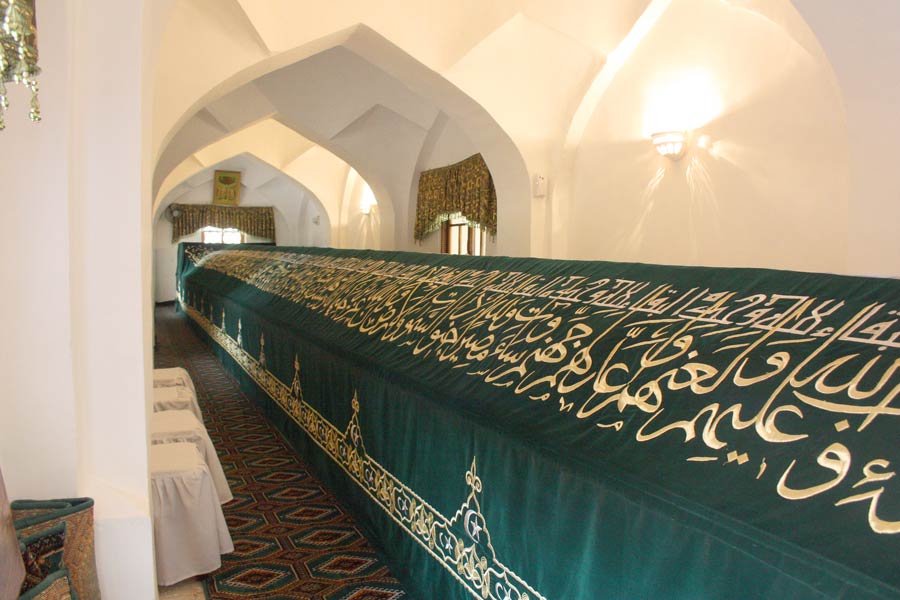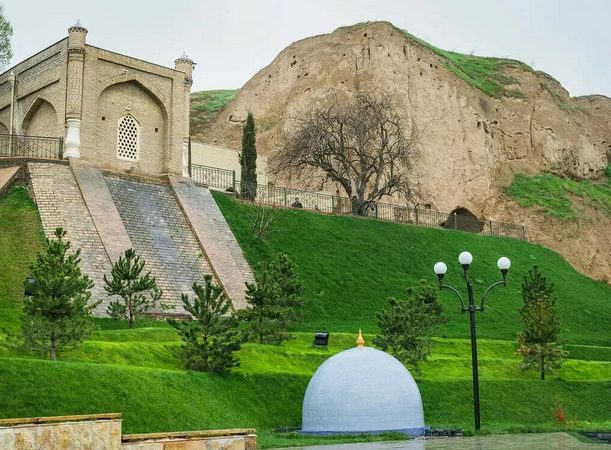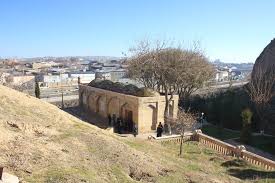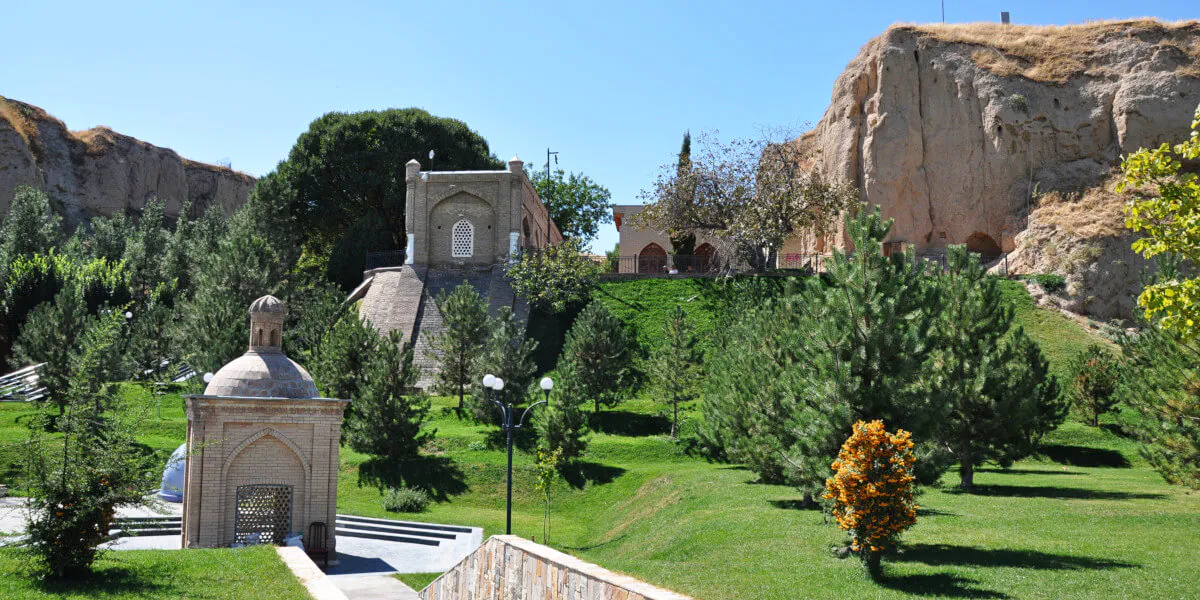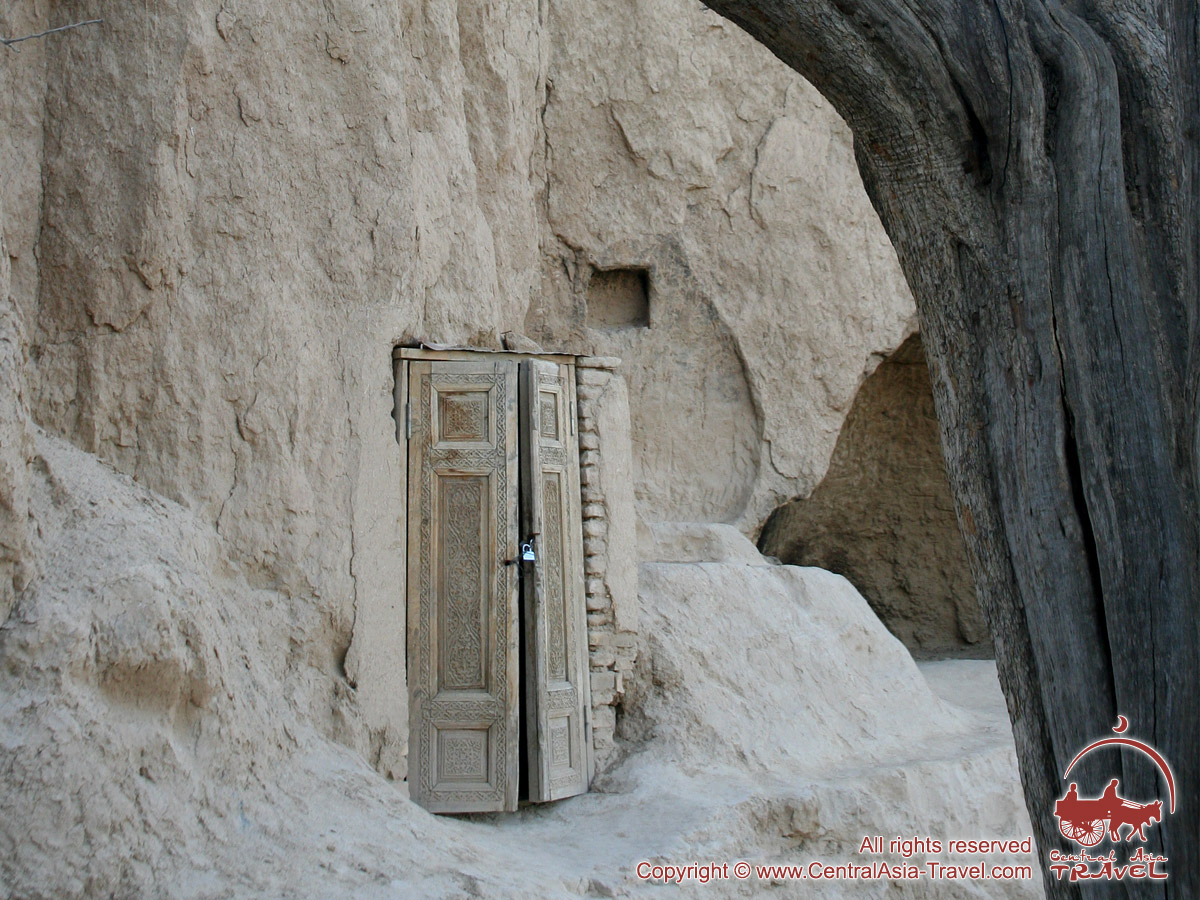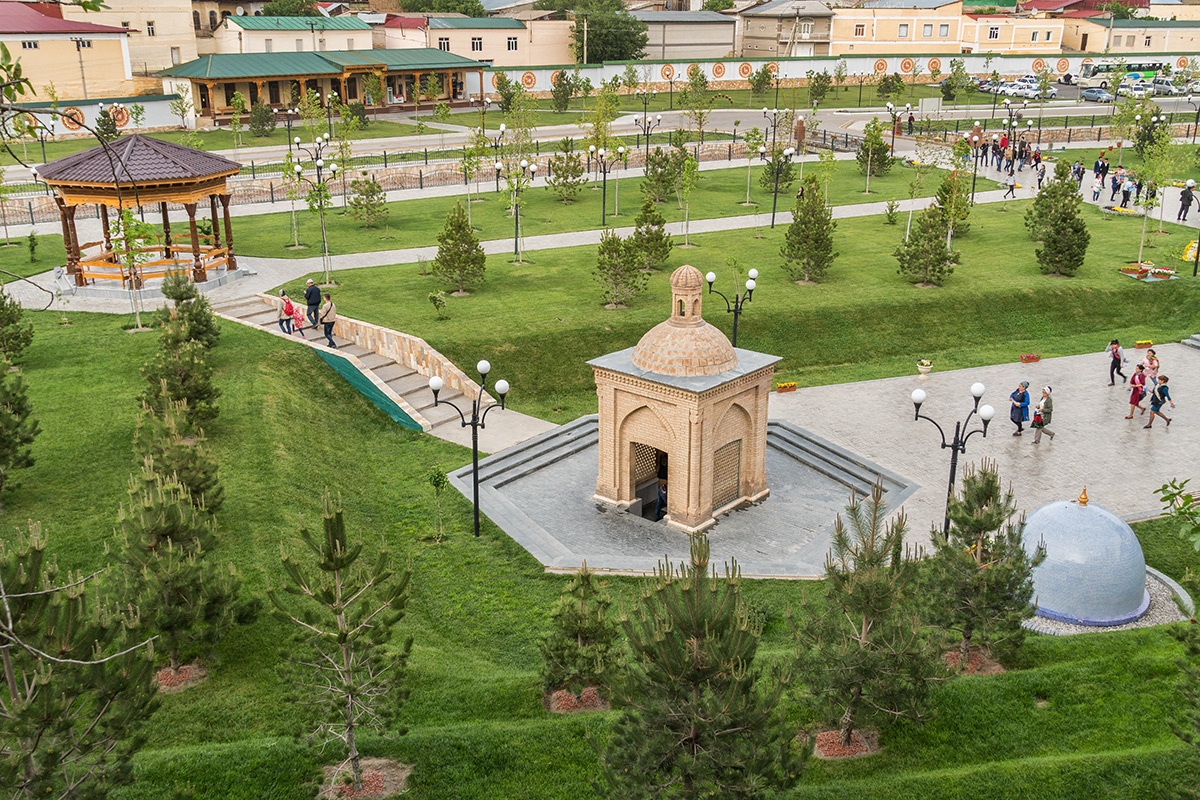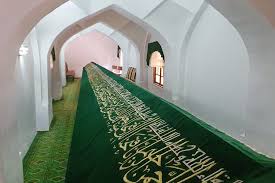Mausoleum of Khoja Donyor
The tomb of Khoja Donier differs significantly from the numerous mausoleums of Samarkand in its amazing appearance. According to legends, the remains of the famous biblical Saint Daniel rest in this tomb, although this fact has long been questioned. Indeed, according to other ancient records, the prophet was buried in the distant Iranian city of Susa, which is located quite far from Samarkand.
Skeptics' doubts are rejected by the beautiful legend of how Timur brought the relics of the great saint to Samarkand and built a magnificent mausoleum for them. Although numerous researchers have not found any scientific confirmation of this legend, many residents of ancient Gord firmly believe that the remains of the prophet Daniel are in the tomb of Khoja Donier.
The biblical prophet was born in 603 BC. e. The name given to him can be translated as "God is my judge." The noble family of Daniel was descended from the roots of such famous rulers as King Solomon and David. During the capture of Jerusalem by the troops of Nebuchadnezzar, the prophet was captured along with all the inhabitants of the city and sent to ancient Babylon. It seemed that fate had prepared an unenviable role for Daniel. However, many noted the boy's sharp mind and his many abilities. It was decided to send him to the best school in Babylon, where they began to teach him countless sciences, among which there were even very occult disciplines for that time — interpretation of dreams and astrology.
Daniel's abilities amazed his teachers from the very beginning of his studies. He literally absorbed all available knowledge and studied many books. He had special abilities in the field of dream interpretation. After the triumphant completion of his studies, Daniel was recommended to the ruler as a young man with unusual abilities. So the future prophet became one of the dignitaries at the king's court.
Amazing stories with Daniel's interpretation of various dreams, which are described in detail in the Bible, have already begun to take place here. The tsar quickly noted his extraordinary gift and soon made him his most important adviser. Nebuchadnezzar used the young man's advice and talents more than once, thanks to which the king was able to gain unprecedented wealth and further expand his possessions. There was only one thing that Nebuchadnezzar couldn't believe. Daniel predicted the imminent fall of great Babylon and the death of the king.
After the fulfillment of this prophecy, Babylon passed into the possession of Darius, who retained for the young man his title of chief adviser. However, numerous envious people decided to get rid of the young man with unusual talents and slandered him. Enraged, Darius ordered the young man to be thrown into a cage with hungry lions. Daniel began to frantically pray to God for salvation, and the ferocious predators did not touch the young man. They only walked humbly around Daniel, who was praying. At this sight, Darius repented of his angry act and ordered the young man to be dragged out of the cage, and instead those who had been slandering him in vain were thrown there. The hungry lions immediately dealt with all the envious young gifted young man. And Daniel served the king faithfully for a long time.
After Darius, Cyrus took his place, who also listened to the wise and valuable advice of the prophet. Daniel only constantly asked the new king to rescue from captivity all the Jews who were captured in Jerusalem. Eventually, Cyrus granted his request and granted them freedom. Around the same time, Daniel wrote his legendary book of prophecies, which consisted of 14 separate chapters. Having grown old, Saint Daniel moved to the glorious city of Susa. It was in this city that the prophet died, leaving behind a good mark and a long memory.
How could the relics of this saint have ended up in Samarkand thousands of kilometers away from Susa? There are a number of different stories and legends about this. The most popular of them says that this is the work of Emir Timur himself, who always wished his hometown complete peace and prosperity. During his campaign, the emir took Susa in a tight ring, in which the relics of St. Daniel rested. However, despite countless attempts to capture the city, the emir was unable to do so. Such a phenomenon was unusual for the great conqueror. Tamerlane could always capture any city and could not understand the reason for the unsuccessful siege of Susa. All that remained was to starve the city.
One day Timur talked to his advisers, who told him the secret of the defense of the city of Susa. Daniel's relics reliably protected him from any misfortune and helped him withstand any attack. After a long time of siege, Timur offered the besieged an amazing agreement. The emir promised to step back if he was given the prophet's right hand. So Tamerlane managed to get a piece of Daniel's relics, which he hurried to deliver to Samarkand to make it as impregnable as Susa.
When approaching Samarkand, the horse on which the casket with the prophet's hand was lying suddenly froze in place and stubbornly refused to go any further, despite all the persuasions and lashes. Suddenly, she hit the ground with her hoof and a spring of amazingly clear water gushed out. It became clear to everyone that it was here that a mausoleum should be built and a piece of Daniel should be laid to rest.
This is how the grave of Khoja Doniyer appeared in the vicinity of Samarkand. The length of this tomb reaches more than 20 meters. Today, you can admire this amazingly beautiful mausoleum with a five-domed mazar and an ancient, amazing pistachio tree that has been growing near this burial site for more than 500 years.
By the way, this tree got its incredible story at the end of the last century. It has almost completely withered from old age, and many regretfully wanted to cut it down. If it fell, it could have harmed numerous visitors to the tomb of the prophet Daniel. But everything changed after the arrival of Patriarch Alexy II of Moscow and All Russia in Samarkand. He served a holy moleben at his grave and went back. A week after his visit, the pistachio tree opened its leaves again and bloomed with beautiful flowers.
It is also worth visiting the healing spring near the mausoleum of Khoja Donier, which is known all over the world for its miraculous properties.
